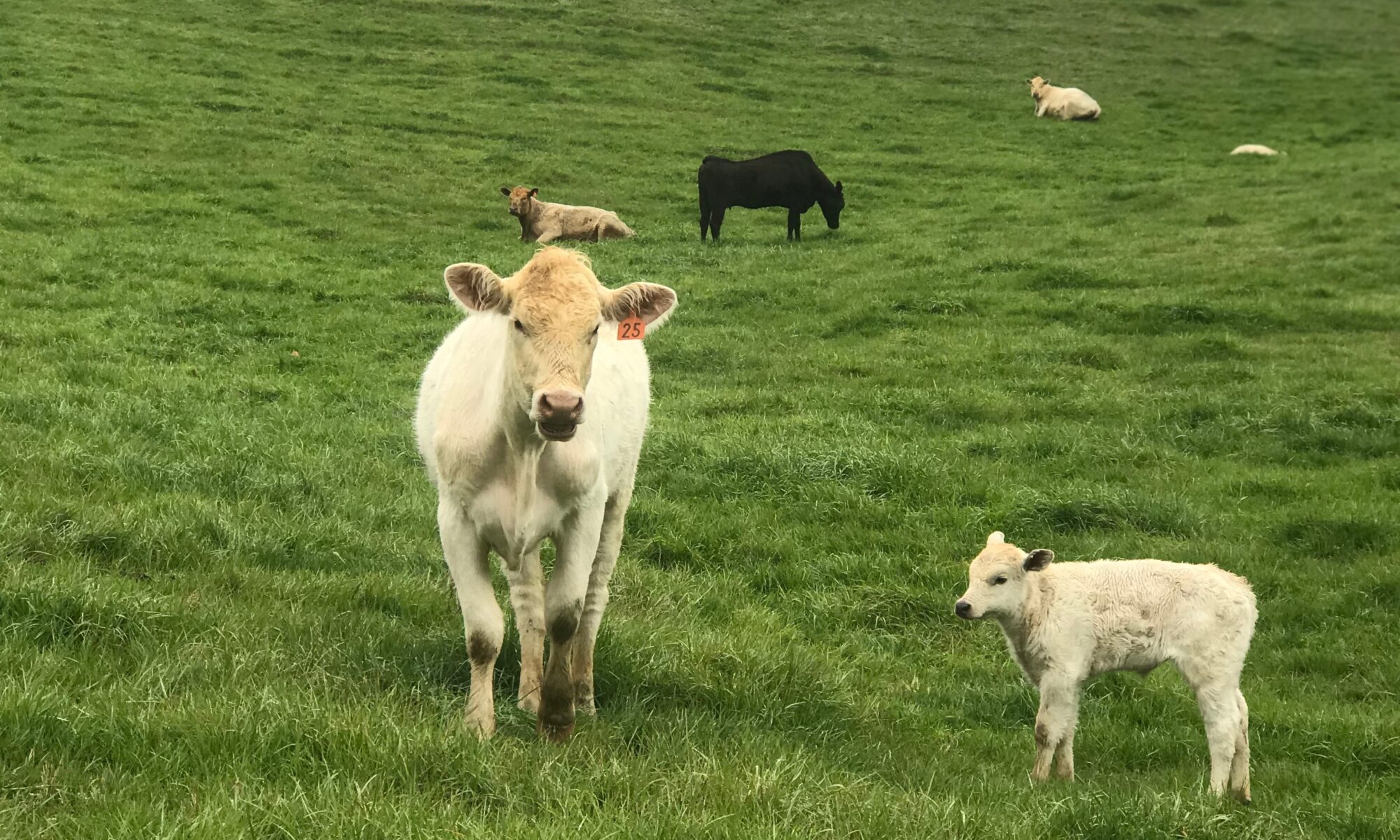

Dr. Katie Mason
Assistant Professor and Extension Beef Cattle Nutrition Specialist
Department of Animal Science
P: 865-974-8941
Originally published in Progressive Cattle magazine:
https://www.agproud.com/articles/60095-southeast-fall-calving-cow-nutrition
With the fall-calving season just around the corner, it is time to start thinking about increased cow nutrition needs at calving and during lactation. A dry, pregnant cow experiences a shift in nutrient requirements leading up to calving and providing proper nutrition during this crucial time will influence milk production and reproductive efficiency. The main nutrient considerations are total digestible nutrients (TDN), an indicator of energy in the diet, and crude protein (CP). During the last 60 days of pregnancy, brood cow requirements increase from 48 to 54% TDN and from 7 to 9% CP. Moving into peak lactation, which coincides with the greatest nutrient needs, a diet containing 60% TDN and 12% CP is required. In terms of dry matter intake, a mature cow will typically consume 2 to 2.5% of her body weight, if forage intake is not limited by poor quality or low availability. A combination of adequate quantity and quality in the diet will ensure that nutritional needs are met.
How can you tell if a cow is getting enough nutrients? While it may not supply every detail about the cow’s nutritional status, body condition score (BCS), measured on a scale of 1 to 9 (1 = extremely thin and 9 = extremely fat), is a good visual indicator of both nutritional and reproductive status. A mature cow should maintain a BCS of 5, and first calf heifers should be in a BCS 6 at calving. Looking at the ribs is typically the simplest way to determine body condition score. A cow in a BCS 5 has her 12th and 13th ribs slightly visible to the eye, whereas at a BCS 6, her ribs are fully covered. When BCS fall outside of that 5 to 6 range, negative effects on milk production and rebreeding may be observed.
To maintain a 365-day calving interval, a cow must rebreed within 82 days after calving. Cows that calve in BCS 5 to 6 tend to exhibit heat earlier than those who calved in BCS 3 to 4. This is due to the great nutrition requirements during lactation, where cows may lose some condition to meet the physiological demands of producing milk. It is difficult to get a cow to gain body condition during that lactation period; it can require an extra 2 lb of TDN or more per day for 60 days to increase BCS by 1 unit. To ensure that cows are in the ideal BCS range for rebreeding and in turn maintaining a year-long calving interval, make sure proper nutrition is provided in the days leading up to calving and throughout lactation.